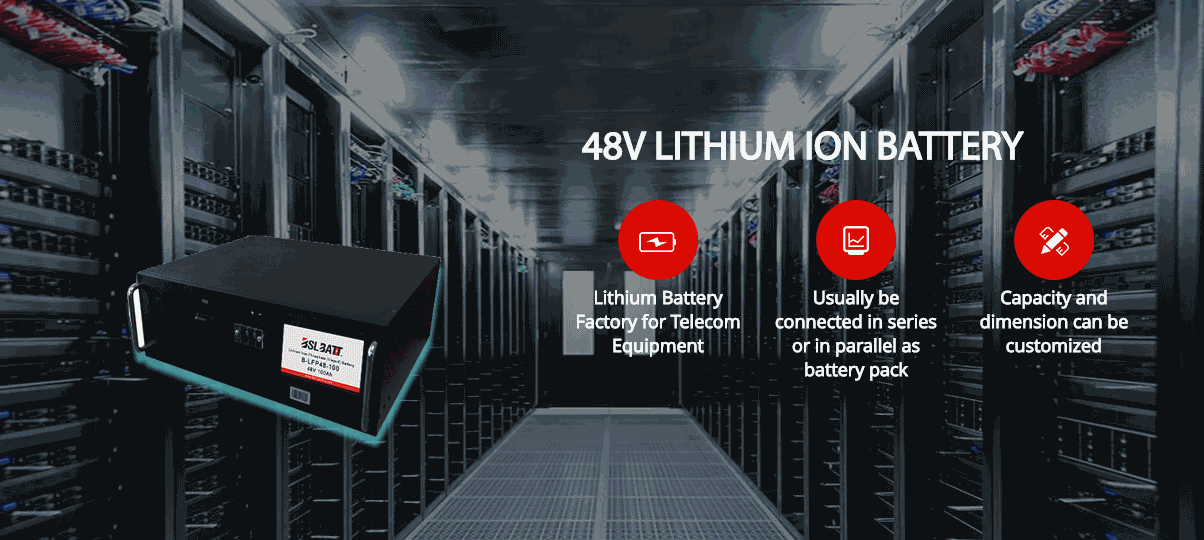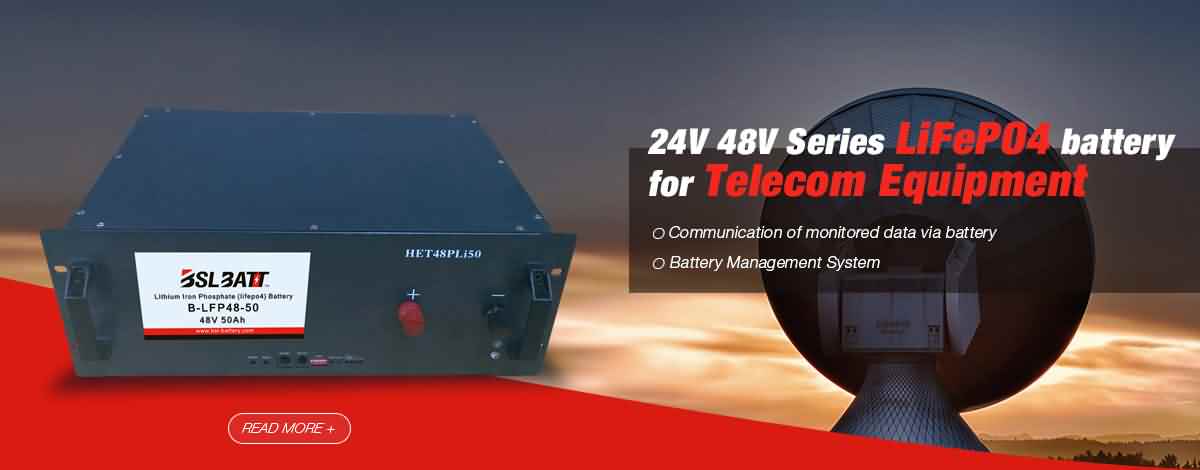Industry Application
Product Type
How to use lithium-ion battery to improve UPS performance
| Data center downtime costs
■ Therefore, as one might imagine, if there is any downtime, it is very expensive for the enterprise. For e-commerce sites, new production information or tracking sales can be difficult, and the problem may be just annoying because employees cannot access the files they need. In addition, they may have serious financial implications, such as a blackout in British Airways in May 2017. Power outages at Heathrow’s data center led to the cancellation of British Airways’ 726 flights, and many passengers lost their luggage, resulting in a direct economic loss of $108 million and a reputational damage. ■ Overall, typical data center downtime costs are estimated at $9,000 per minute, so it’s important to do all the research when investing in a reliable backup system because it plays an important role in reducing downtime. A well-designed UPS (uninterruptible power supply) is used in conjunction with an advanced battery system to ensure continuous operation without downtime, even in the event of a power problem. ■ The UPS power system uses the battery to provide uninterrupted power when the grid is out of power until switching to a standby diesel generator to start or safely shut down the equipment. UPS power can also act as a power conditioner by absorbing or injecting power to overcome short-term spikes and voltage dips in utility power. These are usually caused by voltage transients when other large grid-connected load devices are turned on and off. Use a lithium-ion battery as a backup power source ■ Recently, data centers have moved from relying on VRLA batteries to lithium-ion batteries. In the next five years, lithium-ion batteries are expected to occupy at least 10% market share. ■ There are many reasons for this. One of them is a lithium-ion battery with higher power density and higher energy density, which can provide more power while reducing floor space and weight. Compared with lead-acid batteries, lithium-ion batteries can be tripled in size and six times lighter. In addition, it has a higher cycle life than other battery technologies, which means it has a longer life. In addition, lithium-ion batteries operate more reliably at higher temperatures and require less cooling, reducing battery footprint. ■ Although there are several types of lithium-ion batteries, lithium iron phosphate batteries are suitable for industrial and mission-critical applications that focus on safety, power density and operating life. Lithium-ion batteries have the advantages of high availability, low maintenance requirements, and fast discharge. This minimizes the risk of unplanned outages in the data center. ■ Lithium-ion batteries can also be charged at a faster rate, increasing their usability after a power outage or discharge. Lead-acid batteries typically take 12-24 hours to charge, but some require only 75 minutes, while high-power batteries take 15 minutes. For more about factory Lithium Battery products, please visit https://www.lithium-battery-factory.com/the-future-of-lithium-ion-batteries/https://www.lithium-battery-factory.com/ |
A Guide to Choosing the Best 48V Lithium Golf Cart Battery
Would it be worth investing in a 48V ...
10 Exciting Ways To Use Your 12V Lithium Batteries
Back in 2016 when BSLBATT first began designing what would become the first drop-in replacemen...
BSLBATT Battery Company Receives Bulk Orders from North American Customers
BSLBATT®, a China Forklift battery manufacturer specializing in the material handling indust...
Fun Find Friday: BSLBATT Battery is coming to another great LogiMAT 2022
MEET US! VETTER’S EXHIBITION YEAR 2022! LogiMAT in Stuttgart: SMART – SUSTAINABLE – SAF...
Looking for new Distributors and Dealers for BSL Lithium Batteries
BSLBATT battery is a fast-paced, high-growth (200% YoY ) hi-tech company that is leading the a...
BSLBATT to Participate at MODEX 2022 on March 28-31 in Atlanta, GA
BSLBATT is one of the largest developers, manufacturers, and integrators of lithium-ion batter...
What makes the BSLBATT the Superior Lithium Battery for your Motive Power needs?
Electric forklift and Floor Cleaning Machines owners who seek the ultimate performance will fi...































